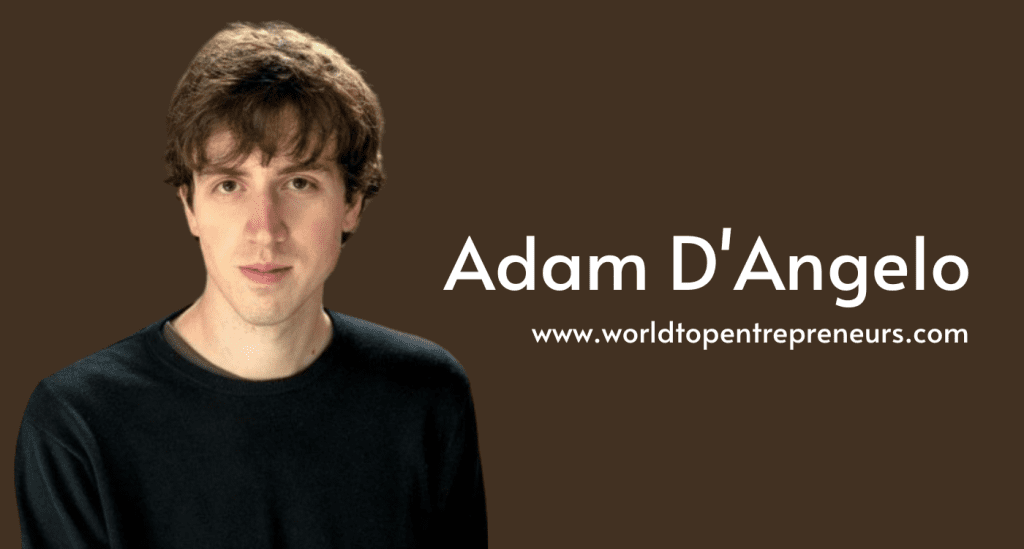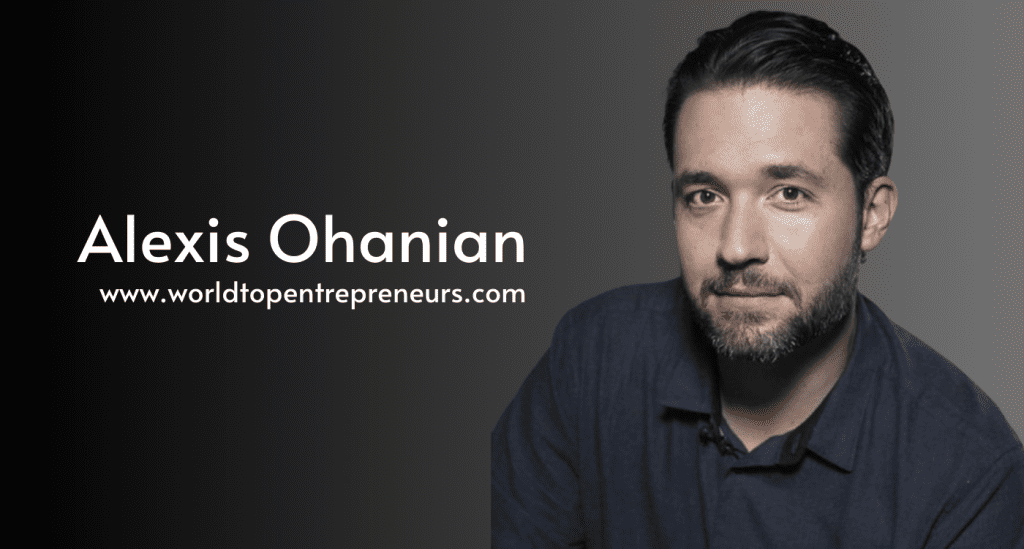In the ever-evolving landscape of technology, few figures stand out quite like Stewart Butterfield. As the co-founder and CEO of Slack, Butterfield has made an indelible mark on the way we communicate and collaborate in the modern workplace. His journey from a small-town upbringing to spearheading one of the most transformative tools in business communication is both inspiring and instructive. This article delves into the life, career, and impact of Stewart Butterfield, exploring the forces that shaped him and the legacy he continues to build.
Early Life and Education
Stewart Butterfield was born on March 21, 1973, in Vancouver, British Columbia. His early life was characterized by a blend of curiosity and resilience, traits that would later fuel his entrepreneurial ventures. Raised in a supportive family, Butterfield exhibited a keen interest in technology and problem-solving from a young age. His father, a teacher, and his mother, a social worker, instilled in him the values of hard work and intellectual curiosity.
Butterfield attended the University of Victoria, where he earned a Bachelor’s degree in Philosophy. The decision to study philosophy might seem unconventional for a future tech entrepreneur, but it was during these formative years that Butterfield honed his analytical thinking and problem-solving skills. He later pursued a Master’s degree in Philosophy at the University of Cambridge, a period that deepened his understanding of complex systems and theoretical frameworks.
The Flickr Era
Stewart Butterfield’s foray into the tech world began with his involvement in the creation of Flickr, a platform that revolutionized the way people share photos online. In 2004, Butterfield, along with his then-wife Caterina Fake and a small team, launched Flickr as part of a larger project called “The Game Neverending.” Originally conceived as an online game, the project’s pivot to a photo-sharing platform proved fortuitous.
Flickr’s innovative approach to photo-sharing, coupled with its user-friendly interface, quickly gained traction. The platform allowed users to upload, tag, and share their photos with ease, setting a new standard for online image management. In 2005, Yahoo! acquired Flickr for an estimated $25 million, a move that validated Butterfield’s vision and marked the beginning of his rise in the tech industry.
The Birth of Slack
The story of Slack is one of serendipity and adaptability. After the Flickr acquisition, Butterfield and his team embarked on new ventures, one of which was a gaming company called Tiny Speck. Despite their best efforts, Tiny Speck’s flagship game, Glitch, struggled to find a market and was eventually shut down in 2012.
However, the experience was not without its silver linings. During the development of Glitch, Butterfield and his team had built an internal communication tool that facilitated collaboration and streamlined workflows. It was this tool that would become the foundation for what we now know as Slack.
In August 2013, Butterfield and his team launched Slack as a standalone product. The timing was perfect. Businesses were grappling with fragmented communication tools, and Slack offered a unified platform that integrated messaging, file sharing, and collaboration features into one seamless experience. Slack’s intuitive design and powerful integrations quickly gained traction, transforming it into a vital tool for teams across various industries.
The Slack Revolution
Slack’s success can be attributed to several key factors that align with Butterfield’s vision. First and foremost, the platform was designed to address real pain points in workplace communication. Traditional email chains were often cumbersome and disorganized, leading to inefficiencies and missed messages. Slack’s channel-based approach allowed teams to create dedicated spaces for different projects and conversations, ensuring that information was organized and accessible.
Moreover, Slack’s integration capabilities were a game-changer. The platform seamlessly connected with a wide range of third-party applications, from project management tools to cloud storage services. This integration ecosystem enabled teams to centralize their workflows and reduce the need for switching between disparate tools.
Butterfield’s commitment to continuous improvement and user feedback was another critical factor in Slack’s success. The company’s agile approach to development allowed them to iterate quickly based on user needs and market trends. Features like searchable message history, customizable notifications, and advanced security settings were added in response to user feedback, ensuring that Slack remained relevant and valuable to its growing user base.
Cultural Impact and Corporate Philosophy
Stewart Butterfield’s leadership style and corporate philosophy have played a significant role in shaping Slack’s culture and success. Butterfield is known for his emphasis on transparency, collaboration, and employee well-being. These principles are not merely theoretical but are embedded in Slack’s daily operations and interactions.
One of the hallmarks of Slack’s culture is its commitment to open communication. Butterfield has advocated for a flat organizational structure that encourages employees to share ideas and feedback openly. This approach fosters a sense of ownership and engagement among team members, contributing to a positive and innovative work environment.
Furthermore, Butterfield’s focus on work-life balance and employee satisfaction has set a standard in the tech industry. Slack has implemented policies that support flexible working arrangements, mental health resources, and professional development opportunities. This holistic approach to employee well-being has not only enhanced productivity but also contributed to a positive company culture that attracts top talent.
Challenges and Resilience
Despite its remarkable success, Slack has faced its share of challenges. The competitive landscape of enterprise communication tools is crowded, with major players like Microsoft Teams and Google Workspace vying for market share. Slack has had to continuously innovate and differentiate itself to maintain its position as a leading platform.
Moreover, Slack has navigated the complexities of scaling a rapidly growing company. Balancing growth with maintaining a strong company culture and delivering consistent product quality is no easy feat. Butterfield and his team have had to address issues related to infrastructure, security, and customer support while staying true to their vision and values.
In addition, Slack has had to adapt to the evolving needs of remote and hybrid work environments. The COVID-19 pandemic accelerated the shift towards remote work, placing increased pressure on collaboration tools to support distributed teams. Slack’s ability to adapt and innovate in response to these changes has been crucial in maintaining its relevance and value in the market.
The Broader Impact
Stewart Butterfield’s impact extends beyond the realm of Slack. His work has influenced the way organizations approach communication, collaboration, and productivity. Slack’s success has inspired a wave of new tools and startups focused on enhancing workplace efficiency and connectivity.
Moreover, Butterfield’s approach to leadership and company culture has set a precedent for other tech companies. His emphasis on transparency, employee well-being, and continuous improvement has resonated with both employees and customers, shaping industry standards and expectations.
Butterfield’s commitment to philanthropy and social responsibility is another noteworthy aspect of his impact. He has been involved in various initiatives aimed at addressing social issues and supporting charitable causes. This dedication to making a positive difference aligns with the values of many modern tech leaders who view their work as a means to contribute to the greater good.
Future Prospects and Legacy
As Slack continues to evolve and grow, Stewart Butterfield’s influence will undoubtedly remain a defining factor. The company’s ongoing efforts to enhance its platform, expand its integrations, and support remote work are testaments to Butterfield’s vision and leadership.
Looking ahead, Butterfield’s legacy will likely be characterized by his contributions to the tech industry and his commitment to shaping the future of work. His innovative spirit and dedication to improving workplace communication have left an indelible mark on how we collaborate and interact in the digital age.
In conclusion, Stewart Butterfield’s journey from Flickr to Slack is a testament to his vision, resilience, and leadership. His ability to identify and address key challenges in workplace communication has transformed the way teams collaborate and succeed. As Slack continues to evolve and influence the tech industry, Butterfield’s legacy will serve as an inspiration for future entrepreneurs and innovators. His story is a reminder that with curiosity, determination, and a commitment to solving real problems, one can make a lasting impact on the world.





















